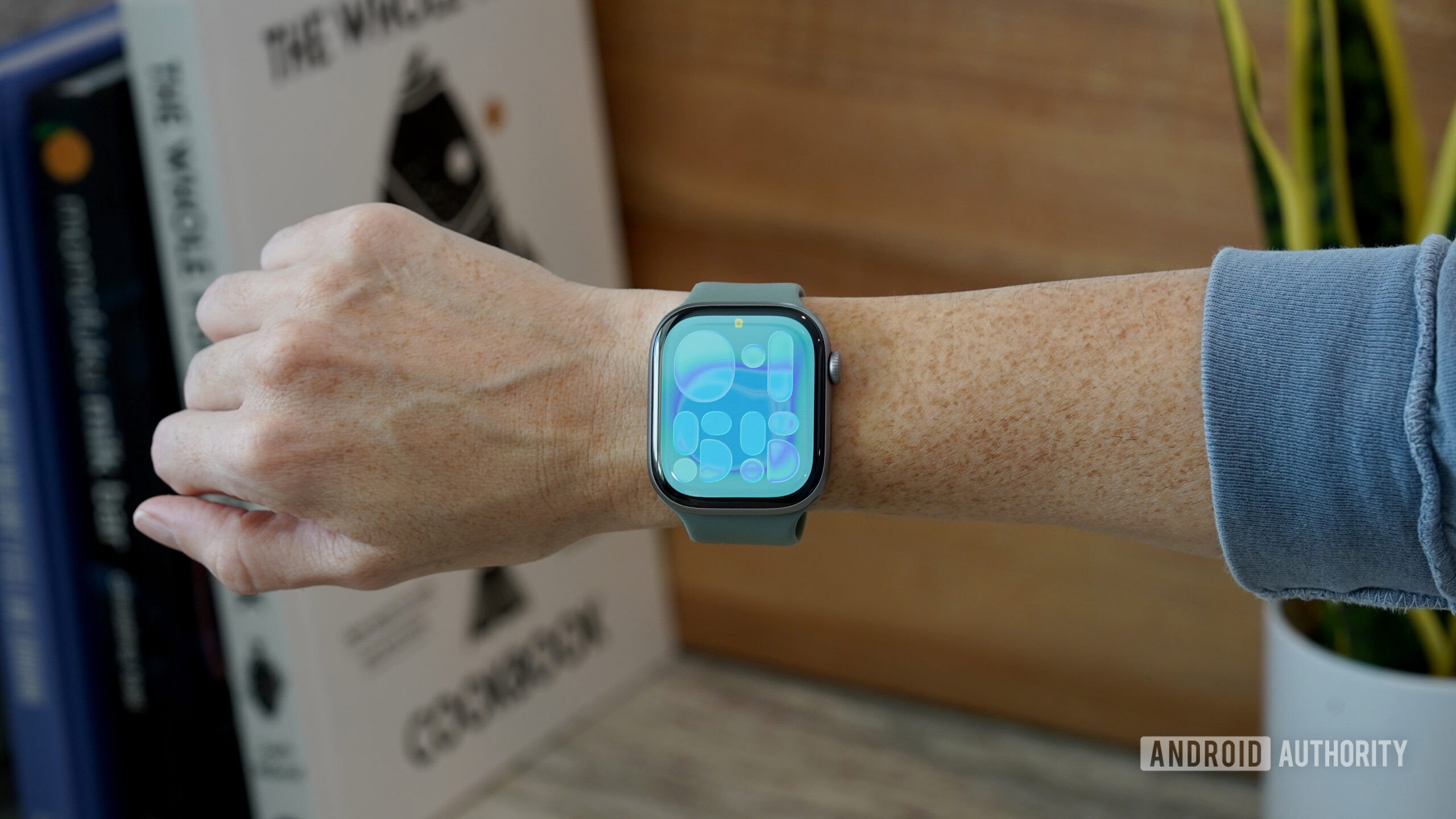And Japan researchers team has managed to break the Internet speed recordwith one Transmission of about 125,000 GB of data per second at a distance slightly greater than 1,800 kilometers. It is a speed that would allow the discharge of the complete Archive Internet in less than four minutes. It is also more than double transmission speed that kept the speed record on the Internet so far: 50,250 GB per second, established in 2024.
To achieve this speed, which at the moment does not have independent verification, the team of researchers developed a new type of optical fiber, capable of sending information at very high speeds at a very large distance. To get an idea, this fiber is able to send New York data to Florida, in the United States.
The details about the process followed to get the record are already published, and were presented on April 3 in the 48th edition of the Fiber Optic Communication Conference, as confirmed by the National Institute for Information and Technology of Japan communications.
This new type of optical fiber is equivalent, in terms of transmission capacity, to 19 standard optical fibers. In addition, it is more prepared for long -distance transmissions than existing cables, since the centers of the 109 fibers interact with the light in the same way. This allows the cable to experience less fluctuation of the light, which leads to a lower loss of data.
The cable joints 19 independent fiber lines in a space with a diameter 5,000 times less than an inch, which measures approximately 0.127 millimeters. It is the same thickness of current fiber optic cables, with only a fiber thread. This means that the new cable can transmit more data using current infrastructure.
In March 2023, the same team reached similar transmission speeds, but at a distance a lower third of the roof now. Then they had enough obstacles to increase it while they reduced data loss, something common in long -distance transmissions.
They thus had to solve the problem that prevented them from expanding the scope of data sending. They have already achieved it, also reinforcing the force of the signal. With this they have made the data travel at a greater distance. To get the record, The data traveled through the transmission system 21 timesuntil they reached a data receiver. In total, the equivalent of 1802.5 kilometers.












